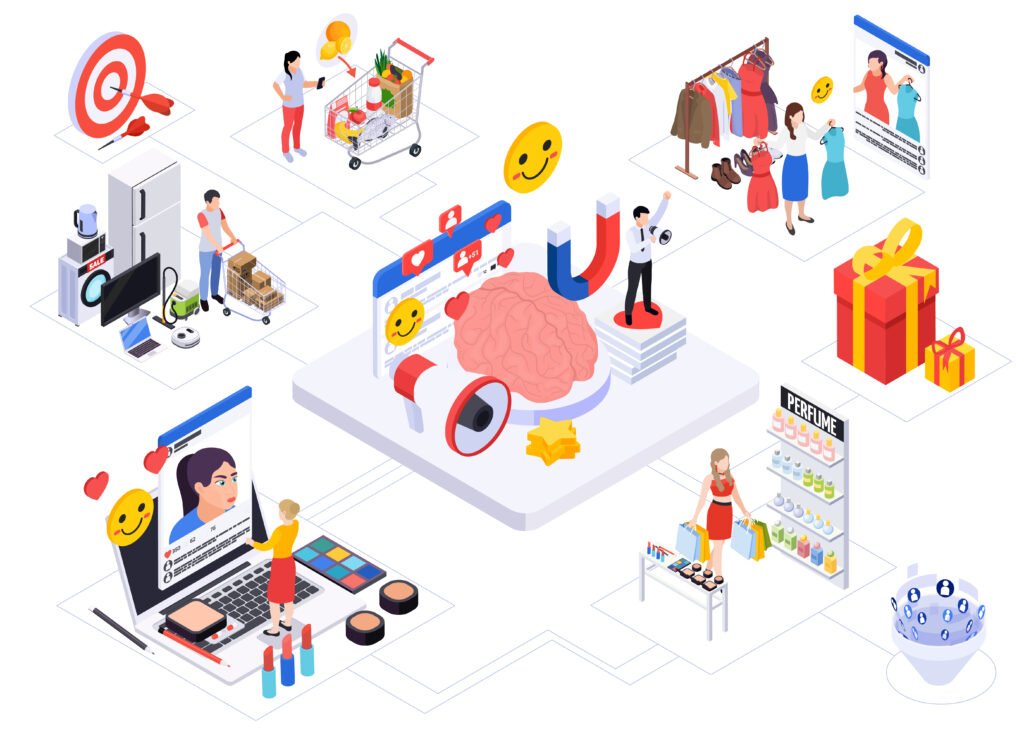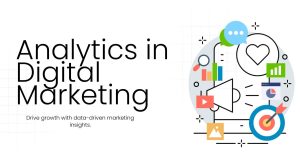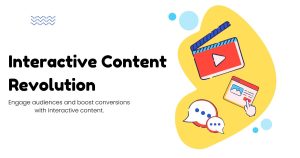How Do Emotions Affect Consumer Behavior?

Emotions play a deep and lasting role in shaping how people buy. Whether they feel joy, fear, anger, or trust, those feelings guide them in ways they may not even realize.
When businesses understand the emotional side of consumer decisions, they can craft more powerful messages, build stronger connections, and drive better results.
Let’s explore how emotions influence buying behavior—and why smart marketers don’t ignore this human factor.
Why Emotions Are More Powerful Than Logic
People often believe they make buying decisions based on logic. In reality, emotions usually lead, and logic follows.
Emotional Responses Happen First
Studies show that our brains process emotions faster than rational thoughts. When someone sees a product, they first feel something before they analyze it. That feeling can lead to desire or hesitation—even before the person can explain why.
Logic Is Often Justified After
Consumers often justify emotional decisions with logical reasons. For example, someone may fall in love with a car because of how it makes them feel, but they’ll explain the purchase by mentioning fuel efficiency or safety.
This shows how emotions silently steer consumer behavior, even when logic seems to be in control.
Common Emotions That Influence Buying Decisions
Certain emotions appear more often in marketing and have a stronger effect on how people behave.
Happiness
Positive feelings create a desire to share. That’s why brands that focus on joy, laughter, or inspiration often go viral. Happy consumers also tend to spend more and develop brand loyalty.
Fear
Fear works by highlighting what could go wrong. Insurance companies, health brands, and cybersecurity tools often use fear-based appeals to push quick action.
Anger or Frustration
Anger can drive consumers to seek change. If a customer feels let down by a service, they may switch brands. On the other hand, brands that speak out against injustice or unfair systems can rally customers who feel similarly.
Trust
Trust creates a long-term bond. Brands that show consistency, authenticity, and transparency tend to earn trust, which leads to repeat business and positive word of mouth.
Emotional Triggers in Advertising
Emotional triggers are tools marketers use to guide reactions. These triggers tap into the core of what people care about.
Storytelling
Telling a story allows a brand to connect on a personal level. Good stories make customers feel involved. They don’t just listen—they relate. The best brand stories reflect the customer’s own hopes, dreams, or struggles.
Visuals and Colors
Colors can evoke emotion without a word. Red often stirs excitement or urgency. Blue builds trust and calm. Bright visuals paired with emotional messages can guide a person’s mood in seconds.
Music and Sound
A well-chosen tune can stir nostalgia, joy, or tension. Audio is often underestimated in its emotional pull, but it plays a key role in memorable ads and brand recall.
Real-Life Examples of Emotion in Action
Let’s look at how top companies use emotions to shape behavior.
Coca-Cola: Happiness and Togetherness
Coca-Cola has built its brand around sharing joy. Their ads often show people coming together, smiling, and celebrating. The product itself becomes a symbol of happiness.
Apple: Desire and Aspiration
Apple doesn’t just sell devices—it sells lifestyle. Their ads spark feelings of creativity, ambition, and self-expression. Customers want to be part of that world.
Nike: Empowerment and Strength
Nike taps into personal struggle and triumph. “Just Do It” campaigns often focus on emotion-driven stories of people overcoming limits. That emotional spark builds loyalty beyond the product.
How Emotions Drive Impulse Buying
Impulse purchases are rarely logical. They happen in the heat of the moment, triggered by feelings rather than needs.
The Role of Excitement
Sales, limited offers, or new arrivals often create excitement. That excitement shortens decision-making time and increases the chance of an emotional buy.
Retail Atmosphere
The scent in a store, the layout, the background music—these elements shape a person’s mood. A calm and happy mood increases the chance they’ll stay longer and buy more.
Emotional Branding Builds Stronger Customer Bonds
Emotional branding means creating a consistent emotional connection between brand and buyer.
Brand Loyalty Comes from Feelings
If people feel understood or valued, they are more likely to return. Loyalty is built not just on quality or price—but on how a brand makes someone feel.
Memory and Emotion Work Together
We remember emotionally charged moments more clearly than neutral ones. Brands that create those moments become part of a customer’s personal story. That’s powerful.
Why Emotional Intelligence Matters in Marketing
It’s not just about using emotion—it’s about understanding it. Emotional intelligence in marketing means being able to sense, read, and respond to the emotional needs of your audience.
Listening and Responding
Brands that show empathy, respond to feedback, and adjust to changing moods tend to perform better. It’s no longer enough to speak; successful brands listen.
Avoiding Emotional Manipulation
Using emotion should never cross into manipulation. Consumers today are quick to spot fake empathy or forced sentiment. Authentic emotion always performs better.
Final Thoughts
So, how do emotions affect consumer behavior? In every way.
From the first glance to the final click, emotions shape attention, interest, and action. The most successful brands and marketers know this. They don’t rely only on product features or price. They focus on how they make people feel.
Understanding emotion is no longer optional in modern marketing. It’s the key to lasting impact. To turn emotional insights into actionable strategies, many brands are now leveraging the power of emotive marketing.





